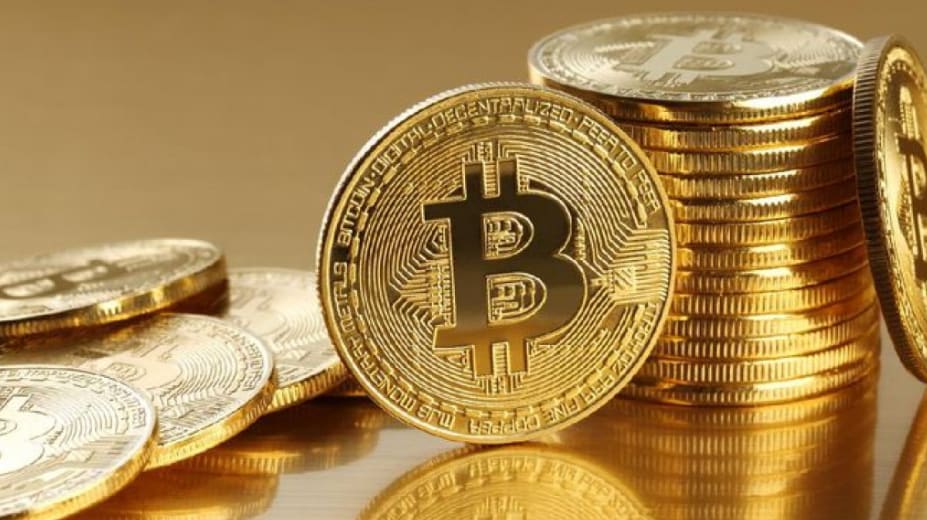To be upfront, I’m not a financial expert or a crypto millionaire—just an everyday person who got curious about cryptocurrency trading. I opened an account, clicked a few buttons, and managed not to break the internet! If you’re just getting started and have questions about how it works, I’ve got your back.
I’ll guide you through my journey of entering the crypto trading world—from funding my account to making my first transaction. Plus, I’ll share a few insights I wish I had known at the beginning. We’ll also touch on the Bitcoin price and XRP, as it’s been quite volatile lately. Ready? Let’s dive in.
Step 1: Funding Your Account (Surprisingly Simple)
After signing up for Binance—mainly because it looked appealing—I needed to add money to my account. There are various methods to do this, including bank transfers, card payments, and other options depending on your location.
I opted for a debit card for instant deposits, which did come with slightly higher fees. A quick tip: if you have existing crypto (maybe from a friend), ensure you send it to the correct address. For instance, Bitcoin must go to a BTC address, Ethereum to ETH, and XRP to XRP. A mix-up can cost you dearly, as there are no refunds. Double-check everything.
Step 2: Choosing a Trading Pair (Easier Than It Seems)
Once your account is funded, the next step is deciding what you want to trade. At first, I found this overwhelming due to the various trading pairs displayed—each representing what two currencies are exchanged for one another.
For simplicity, I started with crypto/stablecoin pairs like XRP/USDT. This felt more straightforward and less intimidating than trading between two cryptocurrencies.
Step 3: Understanding the Order Book (Making Sense of It)
At this point, I became overwhelmed by the order book, which lists individuals trying to buy and sell coins at various prices. Buy orders are bids like, “I’ll buy XRP if it falls to $0.58,” while sell orders are asks like, “I’ll sell XRP for $0.62.” It updates continuously. Initially, I used it to gauge what people were willing to pay.
A helpful tip: if the gap between the highest bid and the lowest ask (the spread) is minimal, it usually signifies good trading volume—something I learned as I progressed.
Step 4: Deciding on the Trade Type
There are several ways to place trades:
Market Order = “Get Me the Coin Now”
This was my choice for the first trade. I wanted to act quickly, so I hit “buy” and got the coin at the best available price. It’s super easy but may not yield the best price.
Limit Order = “I’ll Wait for a Better Price”
Once I became more patient, I began using limit orders. For example, “Buy XRP only if it drops to $0.55.” Sometimes it works; sometimes it doesn’t. It’s a good way to avoid paying too much, especially in a fast-moving market.
Stop Orders = “Protect Me from Bad Decisions”
After some trading experience, I started using stop-loss orders, which automatically sell if the price drops below a certain threshold. They’ve saved me a few times!



